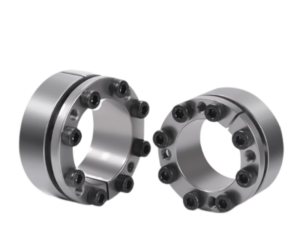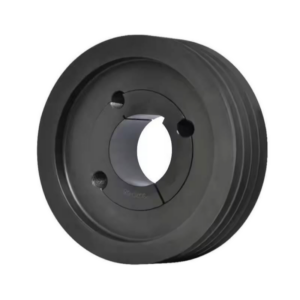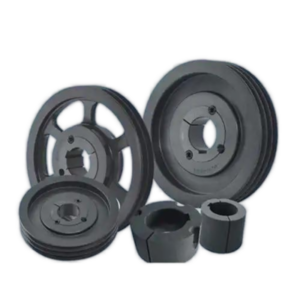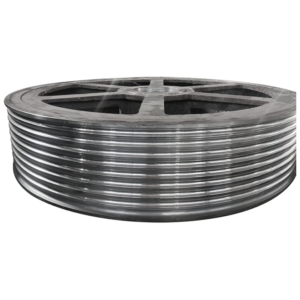Mechanical expansion sleeves (also called expansion bushings) are critical components for creating secure shaft-hub connections in power transmission systems. Their ability to provide concentric clamping force through controlled radial expansion makes them ideal for applications requiring high torque transmission, easy assembly/disassembly, and vibration resistance. However, selecting the optimal expansion sleeve requires careful consideration of multiple technical parameters. This guide outlines key factors engineers should evaluate during the selection process.
1. Load Requirements
- Torque Capacity: Calculate maximum operational torque including safety factors (typically 1.5-2x rated torque).
- Axial/Radial Loads: Determine if the application involves combined loads (e.g., gearboxes, pulleys).
- Dynamic vs. Static Loads: Consider fatigue resistance for cyclic loading conditions.
2. Shaft and Hub Dimensions
- Shaft Diameter: Measure within ±0.01mm accuracy; most sleeves accommodate standard ISO shaft sizes (10–300mm).
- Tolerance Compatibility: Ensure sleeve’s expansion range matches shaft/hub tolerances (e.g., H7/h6 fits).
- Hub Material Strength: Verify hub material (steel, aluminum, composite) can withstand sleeve’s radial pressure without deformation.
3. Environmental Factors
- Temperature Range: Standard sleeves operate between -30°C to +120°C; high-temperature variants (up to 300°C) use alloy steels or coatings.
- Corrosion Risks: Stainless steel (AISI 304/316) or zinc-nickel coated sleeves are recommended for humid/chemical environments.
- Contaminant Exposure: Sealed designs with integrated O-rings prevent dust/liquid ingress in food processing or marine applications.
4. Operational Demands
- Precision Requirements: Ground sleeves (IT5-IT7 grade) for high-precision machinery like CNC spindles.
- Speed Limitations: Check maximum RPM ratings; balanced sleeves are critical for high-speed rotors (>5,000 RPM).
- Maintenance Frequency: Quick-disconnect designs reduce downtime in production lines.
5. Design Features
- Split vs. Solid Sleeves: Split sleeves allow installation without disassembling adjacent components.
- Keyway Compatibility: Select sleeves with integrated keyways or anti-rotation pins if needed.
- Lubrication Options: Self-lubricating sleeves minimize wear in inaccessible locations.
6. Standards and Certifications
- Ensure compliance with industry standards:
- ISO 12128: Shaft-hub connections
- DIN 5480: Splined connections
- ATEX: Explosive atmospheres
Cost vs. Performance Optimization
While premium materials (e.g., titanium alloys) enhance durability, they may be unnecessary for light-duty applications. Conduct a lifecycle cost analysis considering:
- Initial purchase price
- Installation time
- Expected service intervals
- Failure risks (downtime costs)
Conclusion
Proper selection of mechanical expansion sleeves requires a systematic evaluation of mechanical, environmental, and operational parameters. Partnering with manufacturers to review application-specific CAD models and perform FEA simulations can further validate choices. By balancing technical requirements with economic factors, engineers can achieve reliable, long-lasting shaft connections tailored to their systems.






